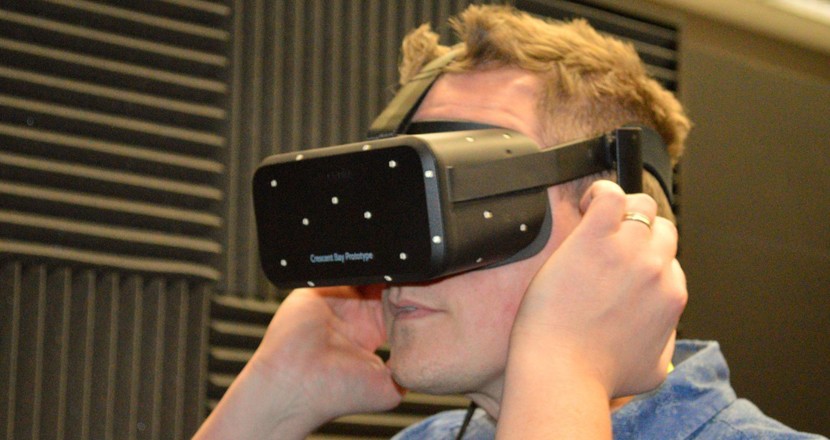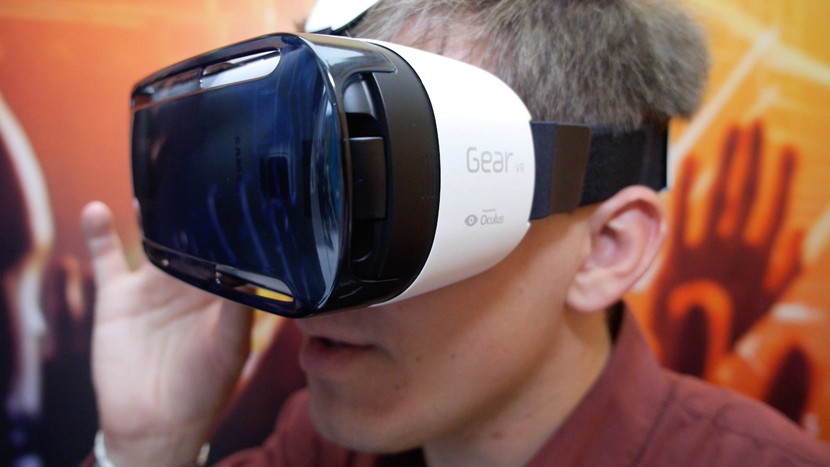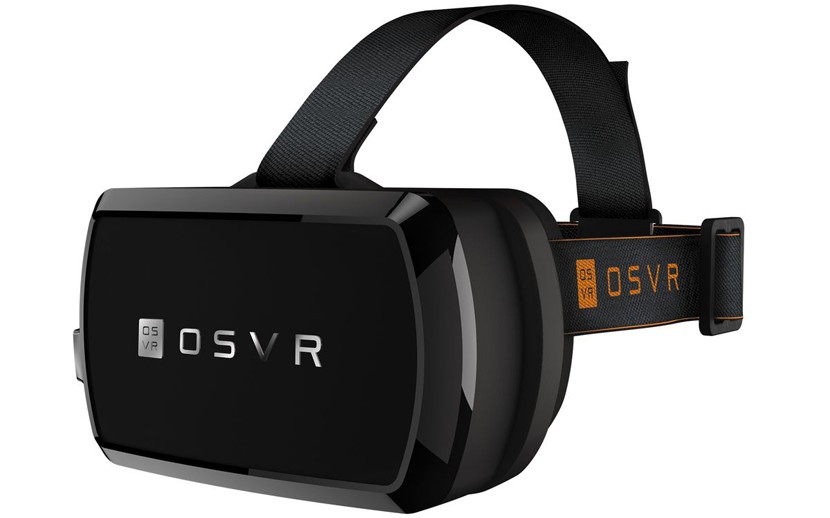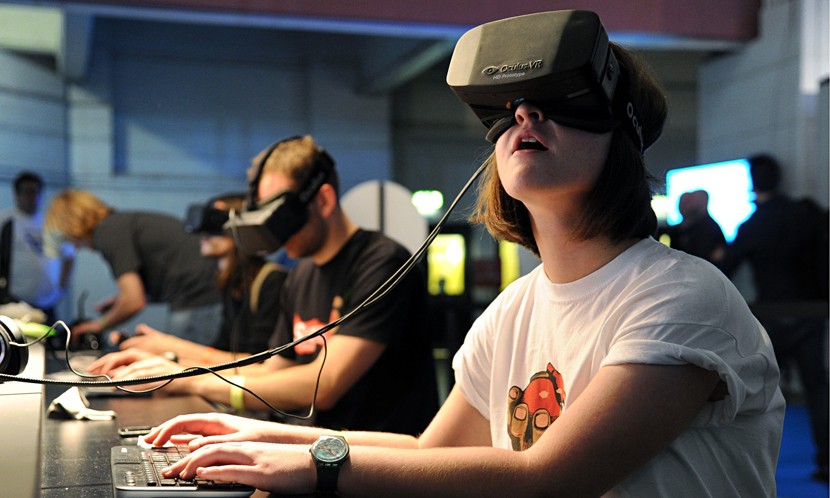Virtual Reality. The term itself might cause dreaded flashbacks to the early 90's, when many developers were convinced it was the future of home entertainment. With its vague, wonky textures, gigantic, ugly headsets that would give even Hulk Hogan neck cramp, and stuttering, delayed movement, the concept was thought to be very much of a bygone era. But then, they said exactly the same thing about 3D before James Cameron decided to give it a kick up the arse.
At this year's CES in Las Vegas, almost every major electronics and entertainment was company falling over themselves to get in on the VR ground floor
At this year's CES in Las Vegas, virtual reality came of age, with almost every major electronics and entertainment company falling over themselves to get in on the ground floor of a potentially lucrative and groundbreaking new sector. Here I'll be going over a few of the major announcements, and examining what was brought to the table this year. The biggest shock in the VR sector at CES 2015 was that Sony decided against showing off its own Project Morpheus VR headset, but the other two main players in the upcoming VR wars were all present and accounted for.

Oculus VR
The device to kickstart the modern VR revolution was undeniably the headset known as the “Oculus Rift.” Designed by Oculus VR, the Facebook-owned company that has become such a pop culture phenomenon of late that a recent South Park episode was based on their device, the Rift looked better than ever at CES 2015, with the fresh addition of 3D audio and a significant performance upgrade.
The device to kickstart the modern VR revolution was undeniably the headset known as the “Oculus Rift.”
The latest model of the Rift has been referred to as “Crescent Bay,” and is a dramatic step up from the currently available (as a developer kit only) DK2 model. Everything from the positional tracking to the colour density of the OLED screens has been improved, and users have been overwhelming positive thus far. The Rift, whilst still a while off commercial sale, will continue to act as the standard bearer for all modern VR headsets that follow.

Samsung
Samsung were also on hand at this year's CES to show off their own Samsung Gear VR headset to the public. The major presentation at CES this year for the Gear VR featured a virtual tour around Stark Towers, the fictional home of Tony Stark, AKA Iron Man. The short demo left convention attendees stunned, but it is early days for the Gear VR. The major advantage Samsung have over their competitors is their Milk VR platform, which will deliver VR content for the Gear (and potentially the Oculus Rift) through Smart TVs and PCs.

Razer
OSVR (Open Source Virtual Reality) is a collaboration between the gaming company Razer and professional VR company Sensics, who, together, wish to standardise VR development with an open source, hackable VR system. According to Razer CEO Min-Liang Tan, OSVR is not a VR operating system, but is essentially “The Android of virtual reality,” in that in can encompass various engines, headsets and control schemes. The system should prove incredibly tempting to developers because of how easy it supposedly is to port a device or game engine over to the system. OSVR does the busy work of optimising each device, making porting games over from other devices (such as the Oculus Rift) deceptively simple. Plugins are already being created for the Unreal Engine 4 and the Unity 3D engine.
What is OSVR?
The hacker dev kit, which is similar in many ways to the existing Oculus Rift DK2 kit, will be released in June this year for just $199.99, undercutting the Rift by $150! Tan, however, says they are not attempting to compete with Oculus, which he sees as very much a niche device. Instead, he envisions OSVR as “The new standard” upon which all future VR devices and games will be built. So in VR terms, if OSVR is Android, I guess that makes the Oculus Rift the Apple of the equation.

Are we there yet?
Not quite. Even though Oculus and their acolytes are making some serious strides towards a completely immersive gaming experience, there are still many underlying problems. For one thing, there's still a significant (and some might say unavoidable) disconnect between the users' brain and the virtual space in front of them. This has been combatted in the past by positioning users on rolling balls that are able to track their movements as they walk or run, but few would be able to afford such an extravagant accessory. Even then, there's still the problem of what we're doing with our hands, as using a joypad or mouse and keyboard is not the same as physically moving our arms and having that movement replicated by an avatar. What would be required (in theory) is a combination of (something akin to) Microsoft's Kinect technology and the aforementioned trackball device. The Virtuix Omni has come close to this already, but you'd have to be a multi-millionaire to even consider it for your living room.
Even though Oculus and their acolytes are making some serious strides towards a completely immersive gaming experience, there are still many underlying problems
Still, CES 2015 did reveal that public interest in the technology is more fervent than ever, and that it could be surprisingly affordable (at least in the near future). I for one couldn't be happier that we're on the cusp of a genuine VR revolution. Count me in!

Benjamin Hiorns is a freelance writer and struggling musician from Kidderminster in the UK. He remembers trying a VR headset at a science museum as a child and had neck cramp for about a week afterwards. At least it got him a day off school!






